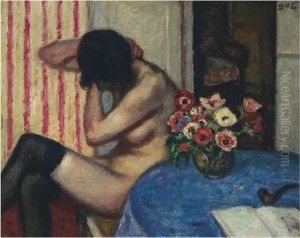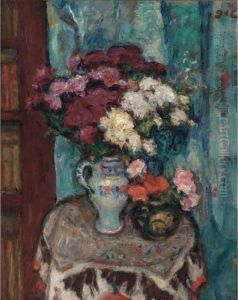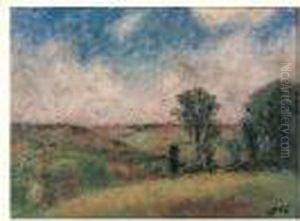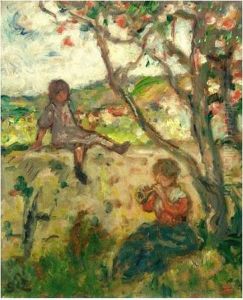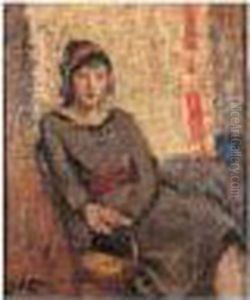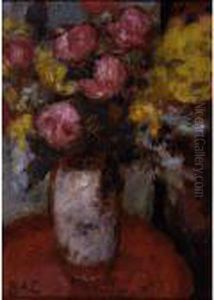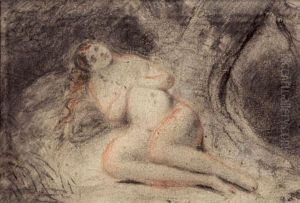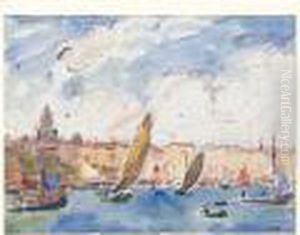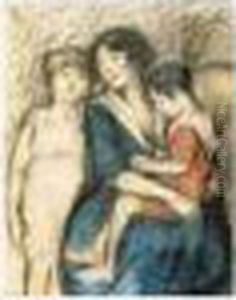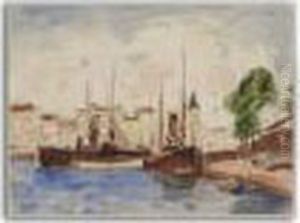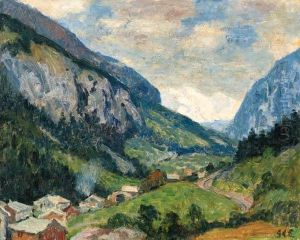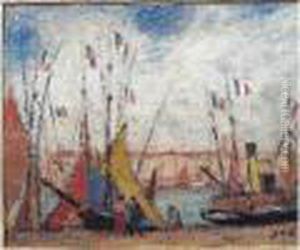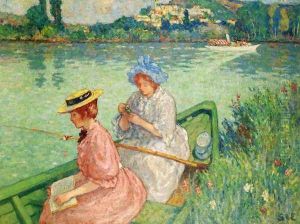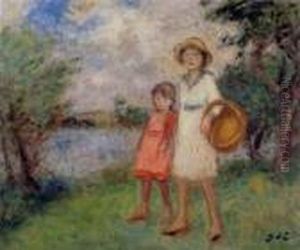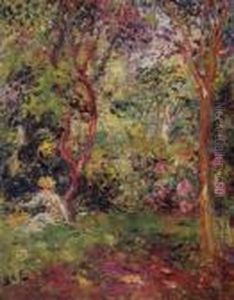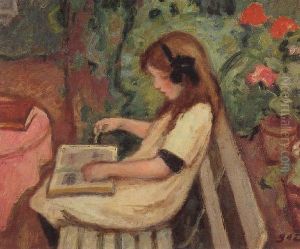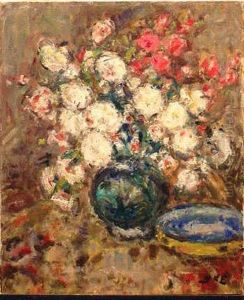Georges dEspagnat Paintings
Georges d'Espagnat was a French painter associated with the Post-Impressionist movement. Born on August 14, 1870, in Melun, France, d'Espagnat grew up in a culturally enriched environment, which fostered his interest in the arts from a young age. He moved to Paris to pursue his artistic education and became influenced by the works of the Impressionists, particularly those of Édouard Manet and Pierre-Auguste Renoir.
In Paris, d'Espagnat frequented the famous Académie Julian, a private art school known for its progressive teaching methods and for accepting international students, including many women artists, which was quite progressive at the time. While he never attained the same level of fame as some of his contemporaries, d'Espagnat was a respected member of the artistic community and exhibited his works at various salons and galleries throughout his career.
D'Espagnat's style is characterized by vibrant colors, dynamic brushstrokes, and a strong emphasis on light, which he used to capture scenes of daily life, landscapes, and still lifes. He was not averse to experimenting with different styles and techniques, which led to a diverse body of work that sometimes also reflected the influence of Fauvism and Cubism.
Beyond painting, d'Espagnat also worked with other mediums, including illustrations, decorative panels, and stage designs. His versatility and commitment to art earned him accolades, including the Legion of Honour, France's highest order of merit for military and civil merits, in 1926.
Georges d'Espagnat continued to paint and exhibit his work well into his later years, maintaining a passion for artistic expression throughout his life. He passed away on April 17, 1950, in Paris. Although not as widely known as some of his peers, d'Espagnat left a lasting impact on the art world, and his works are still appreciated for their contribution to the evolution of modern art in the early 20th century.
